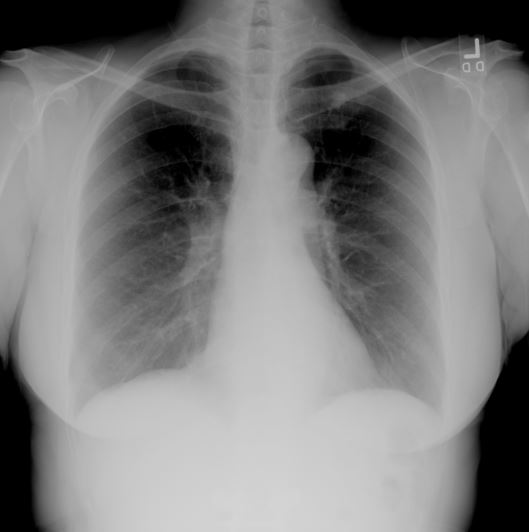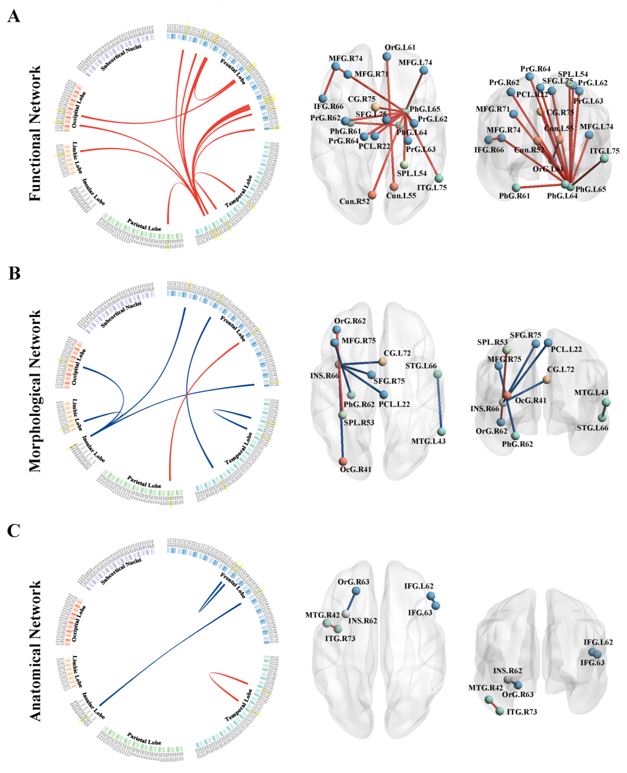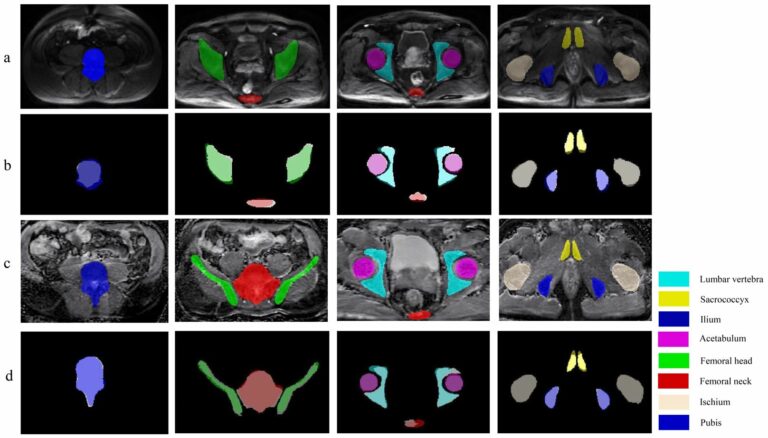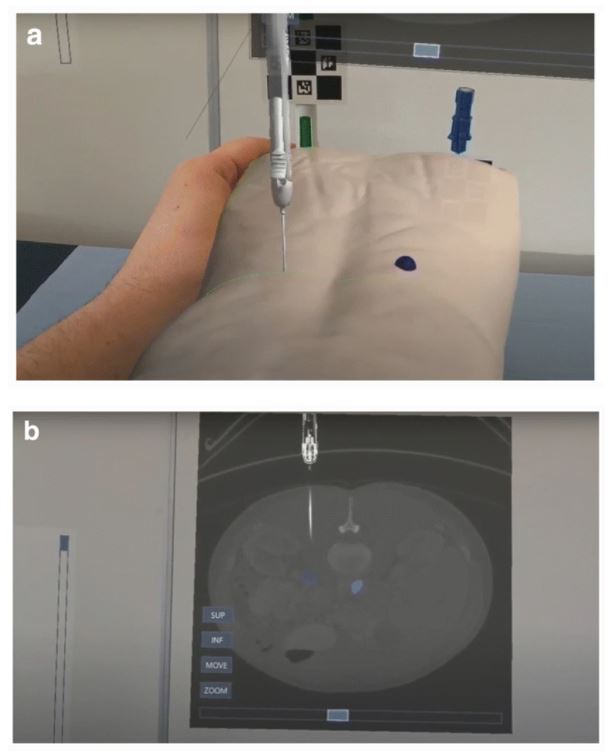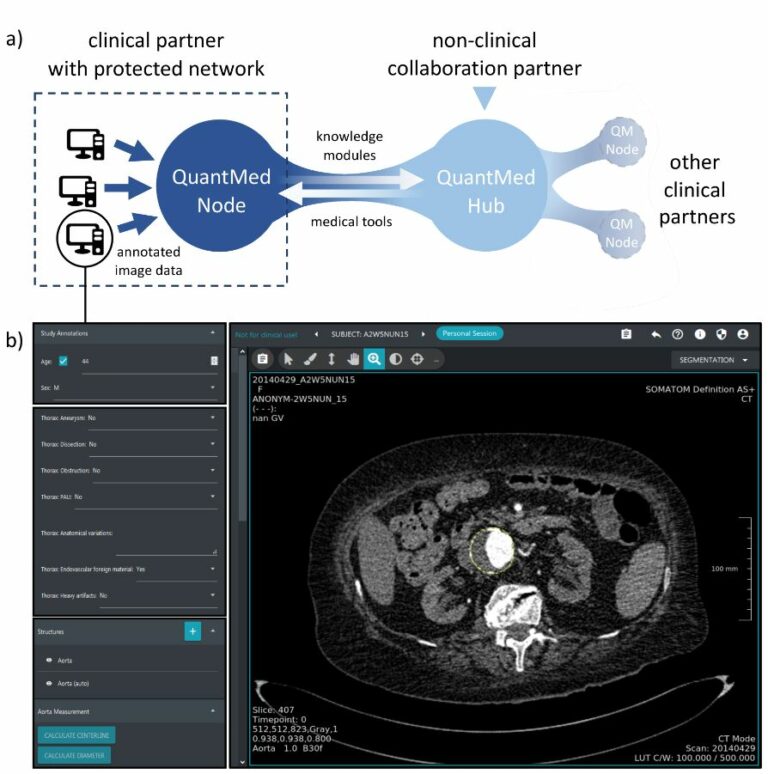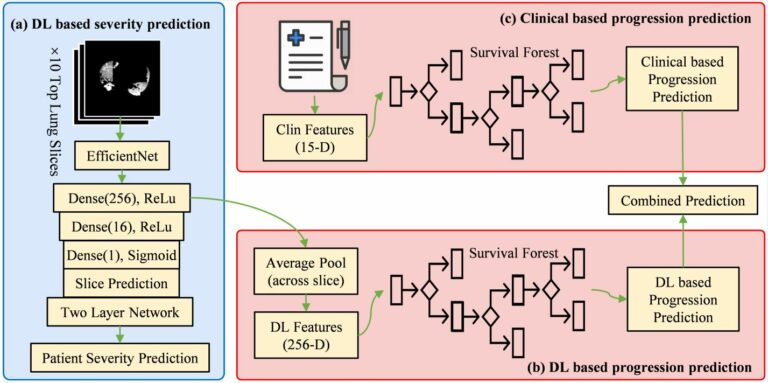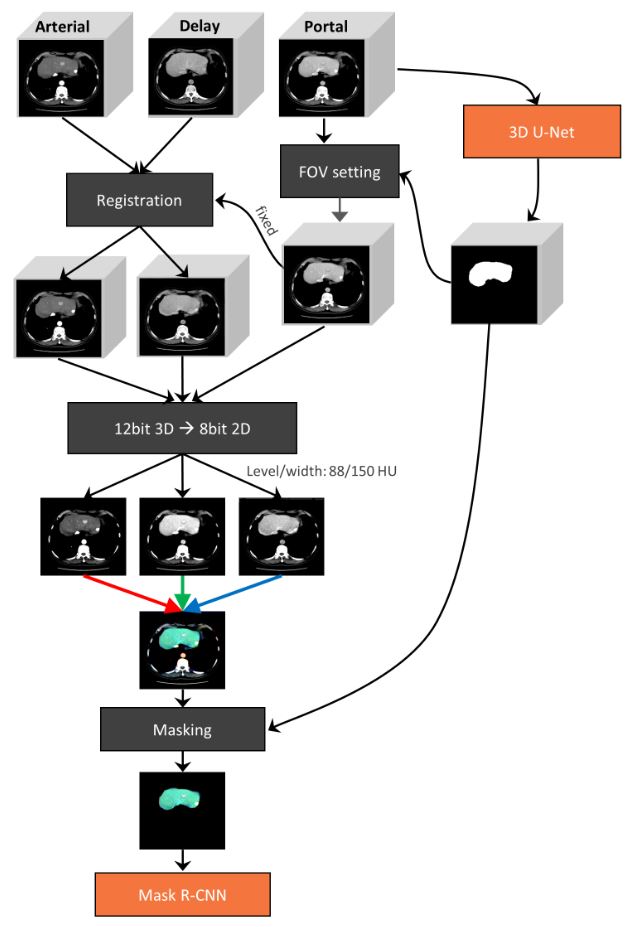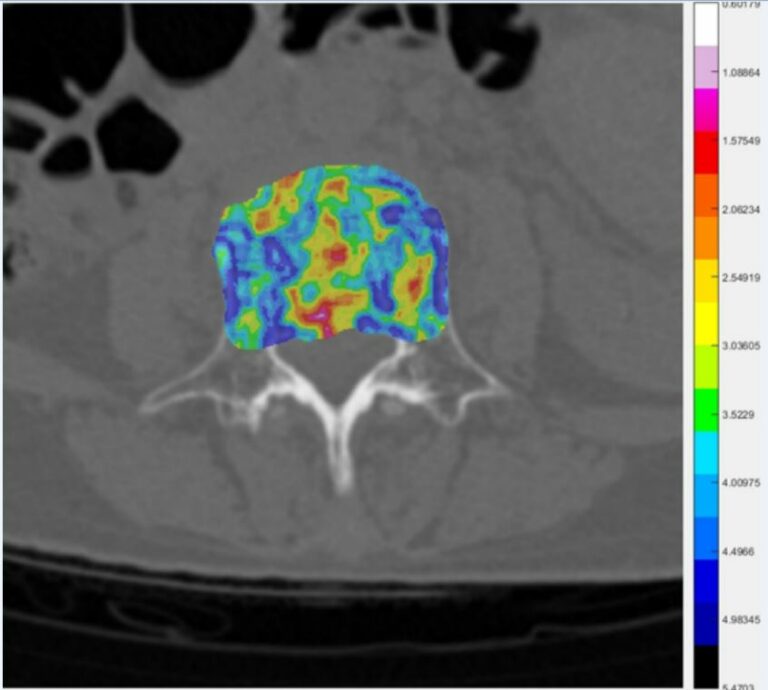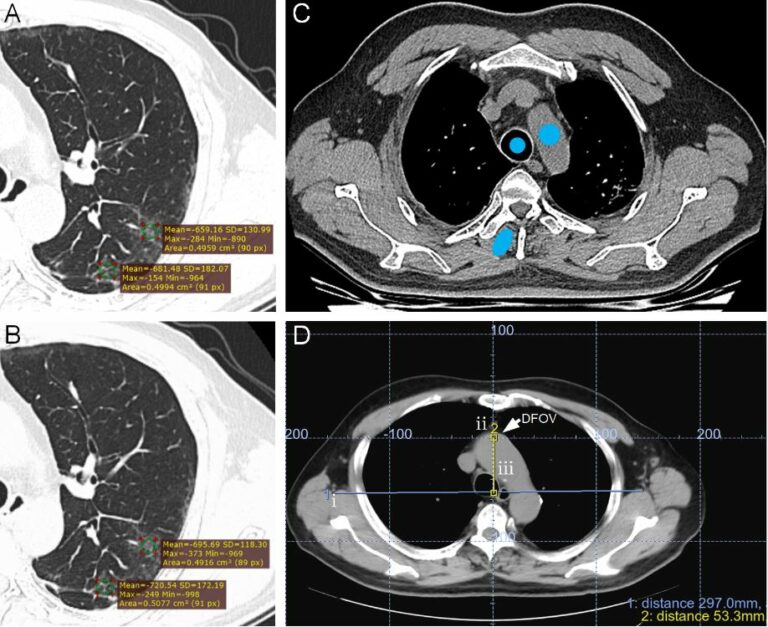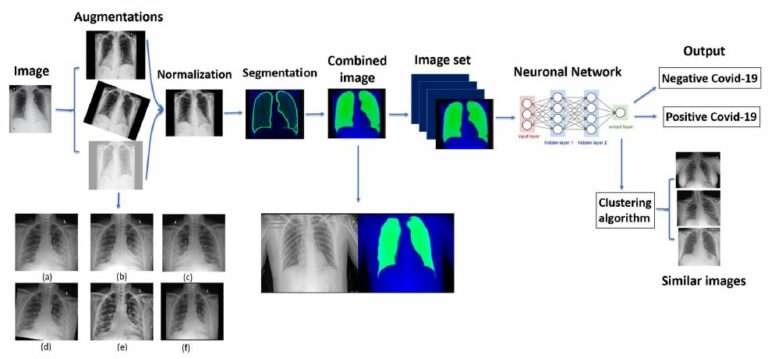
COVID-19 classification of X-ray images using deep neural networks
The authors of this retrospective study propose a deep learning model for the detection of COVID-19 from chest x-rays (CXRs), as well as a tool for retrieving similar patients according to the model’s results on their CXRs. The data used for training and evaluating this model was collected from inpatients across four different hospitals. The proposed model achieved accuracy of










